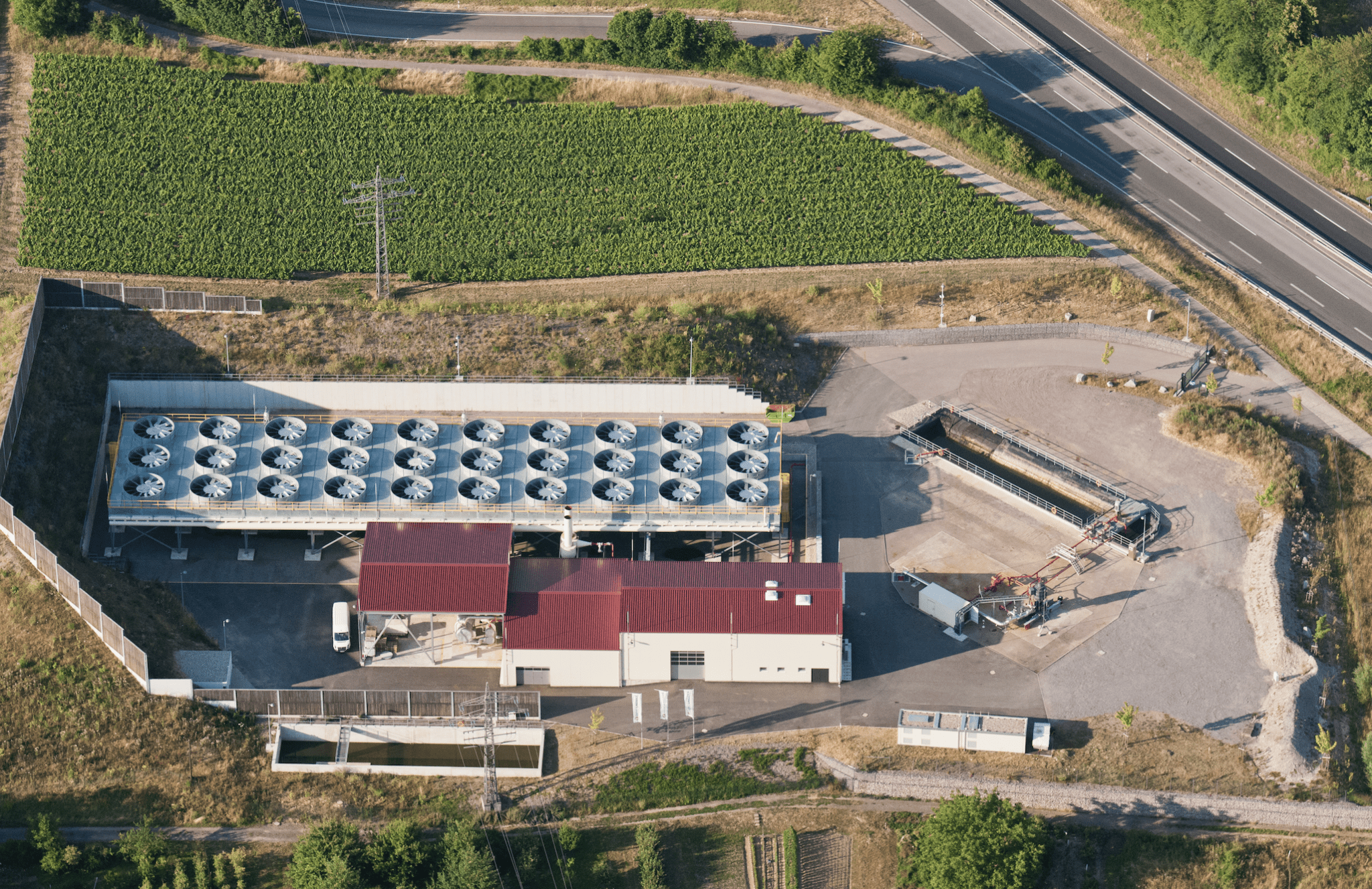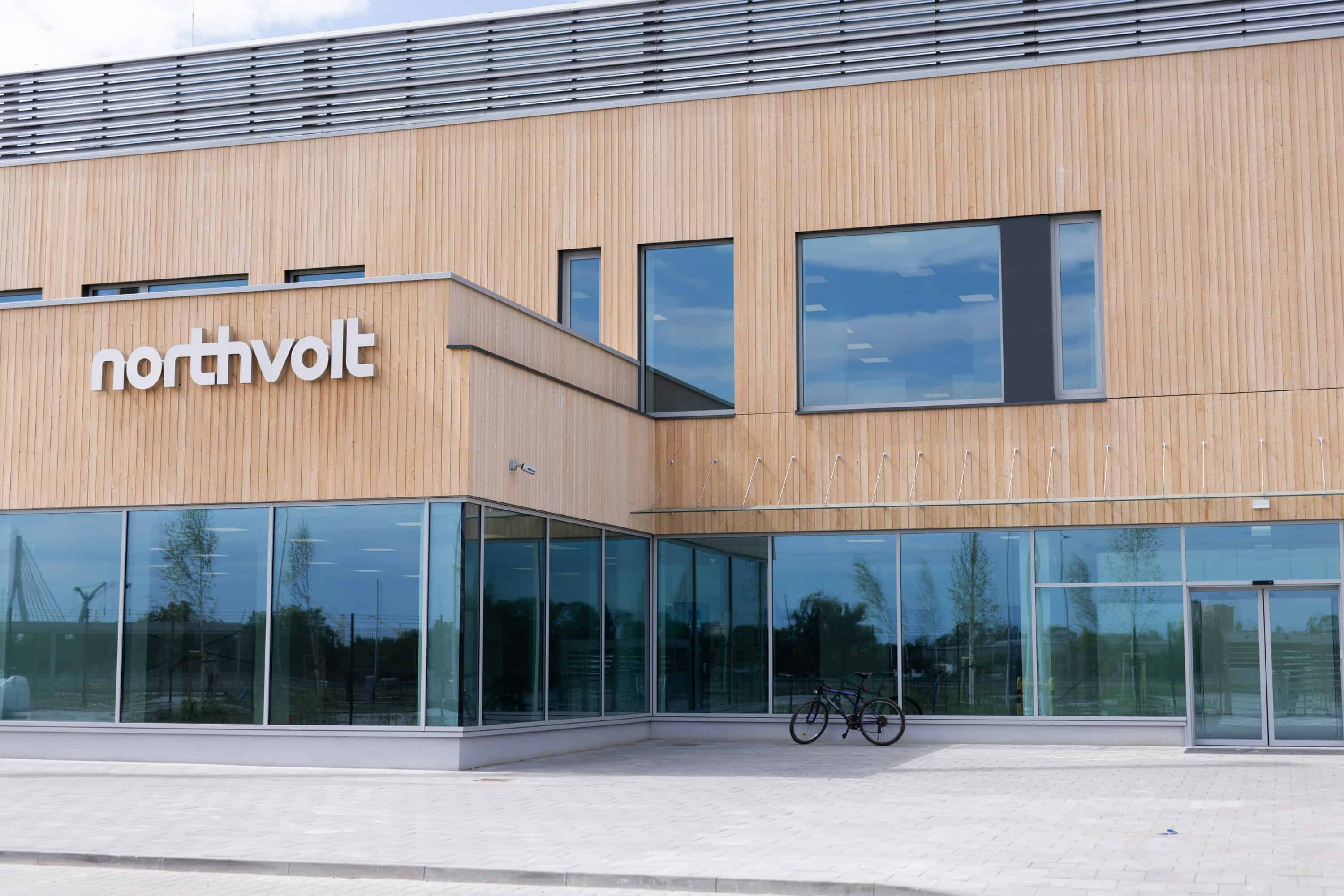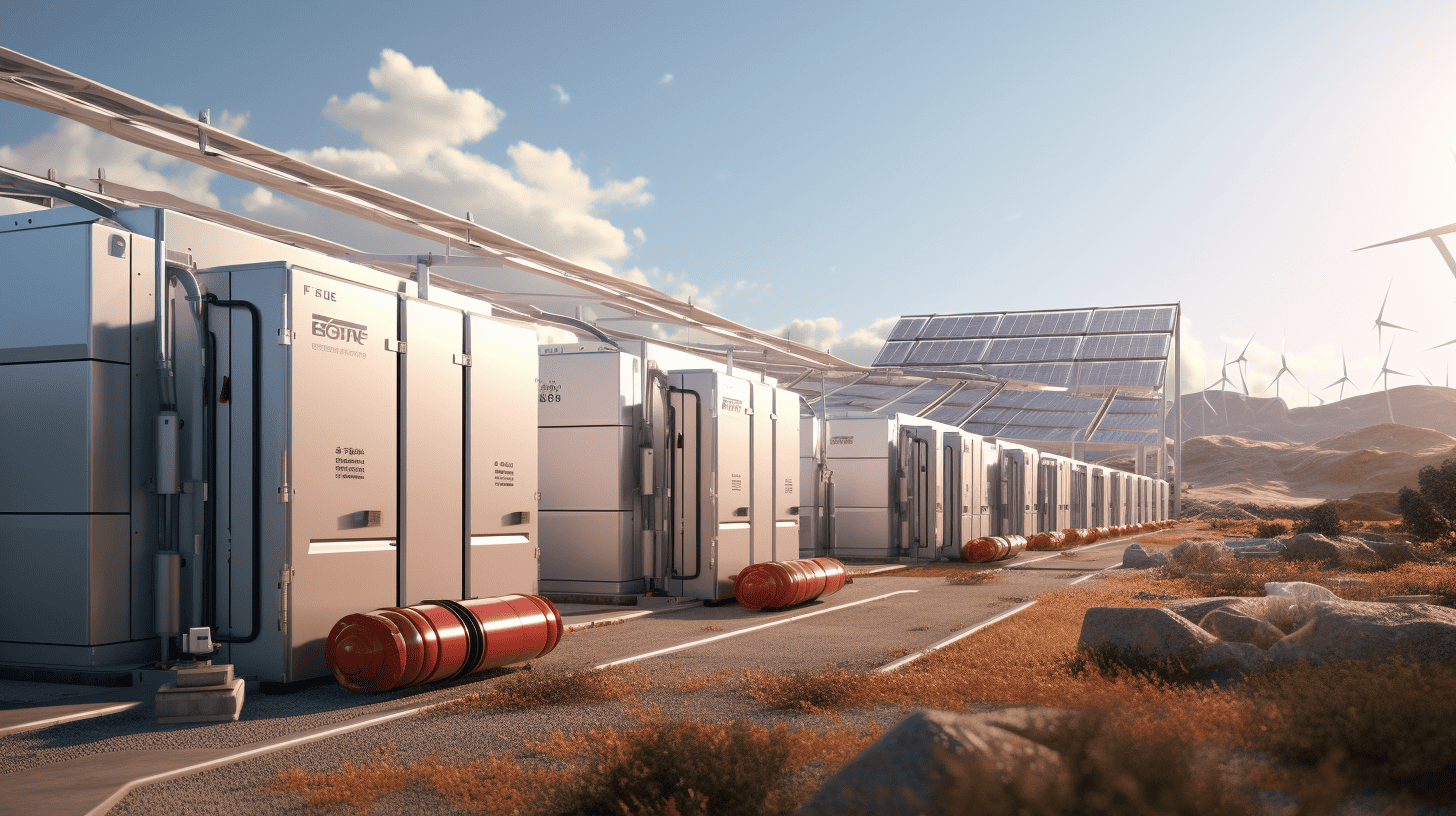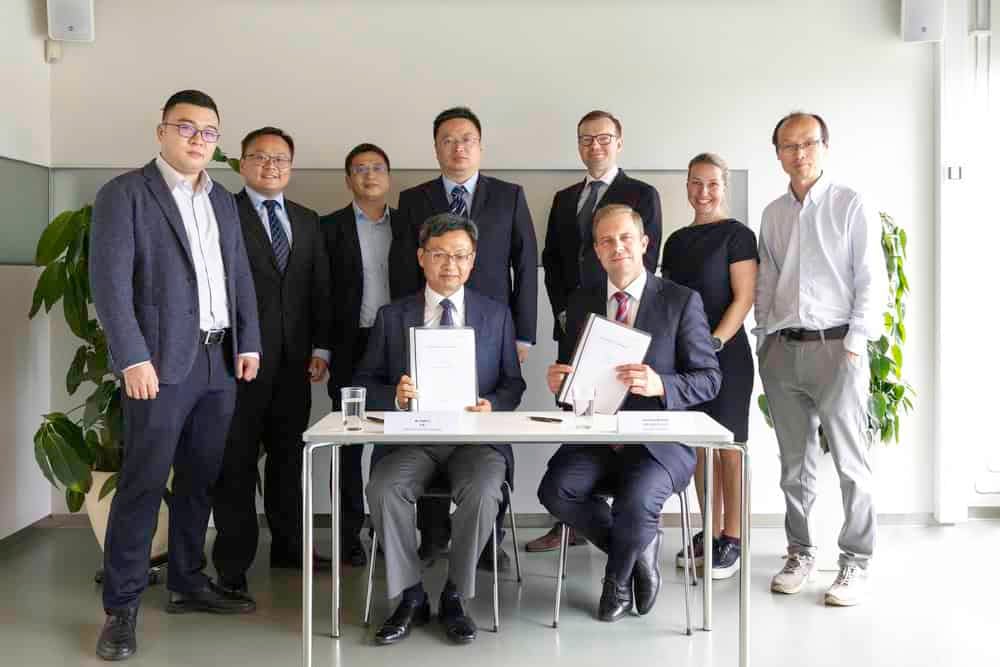
Ford Motor Co has announced new lithium supply deals to support their ambitious goal of producing 2 million electric vehicles by 2026. In a race to secure battery materials, Ford is focusing on direct lithium extraction (DLE) technology to revolutionise lithium production for the EV industry. They have signed agreements with Albemarle Corp and Nemaska Lithium to supply lithium hydroxide for five and 11 years, respectively. Albemarle will provide over 100,000 metric tons of lithium hydroxide for approximately 3 million future Ford EV batteries. Ford also secured lithium supply agreements with Quebec-based Nemaska Lithium and Chile-based Sociedad Química y Minera de Chile S.A. (SQM).
Strategic importance of battery supply and raw materials
Securing a reliable supply of battery-grade lithium is crucial for Ford’s strategy to compete with market leader Tesla and other EV manufacturers. Lithium is a key component in most modern EV batteries, as it has a higher energy density than traditional battery inputs. This allows batteries to remain compact while providing higher storage capacity, which is essential for ensuring long distances between charging.

The long-term agreements with Nemaska Lithium and SQM, as well as Albemarle Corp and EnergySource Minerals, demonstrate Ford’s commitment to sustainable, high-quality battery production. By entering into these agreements, Ford aims to make EVs more accessible and affordable over time to millions of customers. Lisa Drake, Ford’s Vice President of EV Industrialization, Model e, stated that the Nemaska Lithium project will be a sustainable source of lithium, supporting Ford’s ability to scale.
Investing in Direct Lithium Extraction technology
Direct Lithium Extraction (DLE) technology is an emerging field of unproven filtration technologies aimed at revolutionising how lithium is produced for the EV industry. Ford’s investment in DLE technology marks a significant shift in the automaker’s approach to battery supply, as it carries significantly less risk than relying on investments in junior producers.
By focusing on DLE technology, Ford aims to reduce the environmental footprint of lithium production and ensure that their EV batteries qualify for the U.S. Inflation Reduction Act consumer tax benefits. SQM’s Executive VP of Lithium, Carlos Díaz, stated that the company has been investing in technology and development to produce high-value-added lithium products with one of the lowest environmental footprints in the industry.
Switching to Lithium Iron Phosphate batteries for better performance
Additionally, Ford has reopened orders for its Mustang Mach-E using a lithium iron phosphate (LFP) battery instead of the previous nickel cobalt manganese (NCM) battery. The LFP battery provides more horsepower, a better range, and faster charge times. Ford plans to use LFP batteries for their F-150 Lightning in 2024 and has invested $3.5 billion in an LFP battery plant in Michigan.
LFP batteries have several advantages over NCM batteries, including a longer lifespan, lower cost, and more available materials. However, they also have some drawbacks, such as worse cold weather performance, less power output, and lower energy density. Despite these disadvantages, Ford believes the faster charging and longer-lasting LFP batteries are suitable for the Mustang Mach-E, with increased horsepower, targeted EPA range, and faster charging times at home.
Impact on Ford’s electric vehicle strategy

The new lithium supply agreements and switch to LFP batteries are expected to have a considerable impact on Ford’s electric vehicle strategy. The secured lithium supplies and focus on DLE technology will help Ford close the gap with market leader Tesla in terms of EV production. Furthermore, LFP batteries will increase the availability of the Mustang Mach-E and reduce material shortage risks, while lowering production costs and ultimately customer prices.








